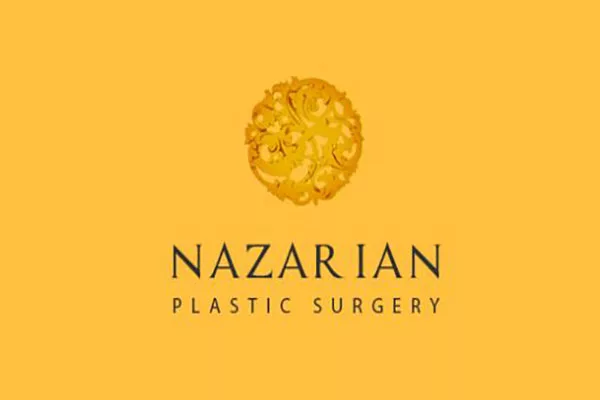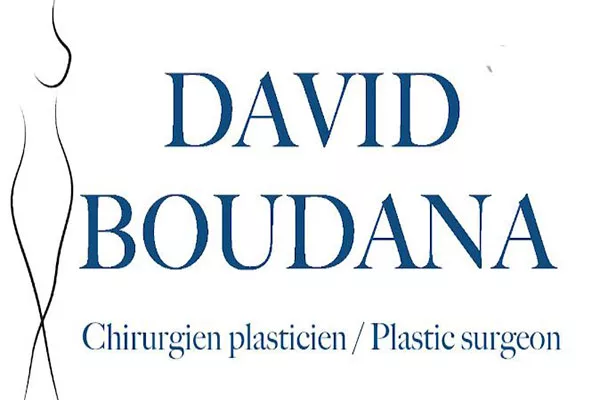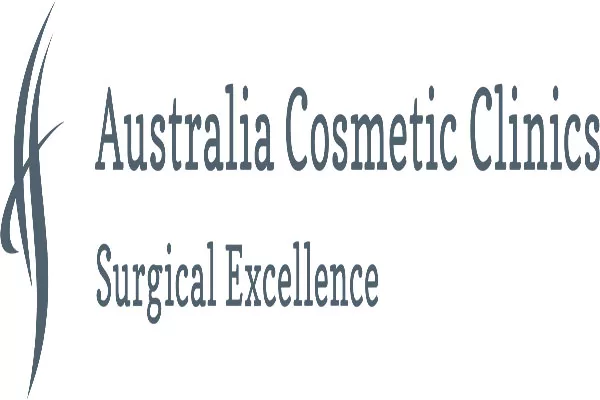Plastic surgery is a big decision that comes with a lot of preparation and planning. For many people undergoing plastic surgery, one of the biggest concerns is the recovery process. This can be particularly true when it comes to post-op activities like driving. After all, most of us are used to hopping behind the wheel of a car without a second thought. But when it comes to plastic surgery recovery, things can be a little more complicated. In this article, we’ll explore everything you need to know about recovering from plastic surgery, and when it’s safe to get back on the road.
The Importance of Following Your Surgeon’s Instructions
First and foremost, it’s important to note that every plastic surgery procedure is unique, and recovery times can vary. That’s why it’s essential to follow your surgeon’s instructions closely. Your surgeon will provide you with specific guidelines to follow after your procedure. These instructions may include things like how to care for your incisions, when you can resume normal activities, and when it’s safe to drive. It’s important to adhere to these guidelines to ensure the best possible outcome from your surgery. Disregarding your surgeon’s instructions can result in complications and even lengthen your overall recovery time.
Why You Shouldn’t Drive Immediately After Plastic Surgery
As you might expect, it’s generally not safe to drive immediately after undergoing plastic surgery. There are a few reasons for this. Firstly, many plastic surgery procedures involve anesthesia. Depending on the anesthesia used, it can take some time for the effects to wear off. Driving while still under the influence of anesthesia is a huge safety risk. Additionally, many plastic surgery procedures involve pain medication to manage discomfort during recovery. These medications can also impair your ability to drive safely. Finally, depending on the nature of your surgery, the act of turning your head to check your blind spots or suddenly braking could put strain on your incisions and slow down healing.
How Long Should You Wait to Drive After Plastic Surgery?
The amount of time you should wait before driving will depend on the type of procedure you had and your individual recovery process. Generally speaking, most people can safely return to driving within 1-2 weeks after their surgery. However, it’s important to again stress the importance of following your surgeon’s instructions. Your surgeon will be able to provide you with more specific guidance based on your individual situation. They may even have you come in for a follow-up appointment to assess your progress and determine if it’s safe for you to get back on the road. In any case, don’t rush things – it’s better to play it safe and wait a little longer than to risk compromising your healing process.
Alternative Transportation Strategies
If your surgeon advises you to avoid driving for a period of time after your surgery, don’t worry. There are plenty of alternative transportation strategies you can use in the meantime. Here are a few options:
- Ridesharing services like Uber and Lyft: If you don’t have friends or family available to drive you around, consider using a ridesharing service. This can be a convenient way to get where you need to go without needing to worry about driving.
- Public transportation: Depending on where you live, you may have access to buses, trains, or other forms of public transportation that can help you get around without needing to drive.
- Carpooling: If you have friends, family members, or coworkers who are willing to chip in, you might consider setting up a carpooling arrangement. This can help you save on transportation costs and ensure that you have a reliable ride when you need it.
Remember, your safety is the top priority following plastic surgery. Don’t be afraid to explore alternative transportation options to make sure you can get around safely and comfortably.
Signs That You’re Ready to Drive Again
So how do you know when it’s safe to start driving again after plastic surgery? Here are some signs to look out for:
- You’re no longer taking prescription pain medication that could impair your driving ability.
- You can move your arms and shoulders easily and without discomfort, allowing you to turn the steering wheel and check blind spots.
- You’re able to sit comfortably for an extended period of time without experiencing pain or discomfort.
- You have enough range of motion and strength to move your foot between the brake and gas pedals without strain.
If you’re experiencing any discomfort or difficulty with any of these tasks, it’s best to wait a little longer before driving again. As always, it’s important to follow your surgeon’s instructions and be patient with the recovery process. Even if you’re anxious to get back behind the wheel, pushing yourself too hard too soon can result in setbacks or complications.
Tips for Driving Safely After Plastic Surgery
Once you’ve been cleared to start driving again, there are a few things you can do to ensure that you’re driving safely and comfortably:
- Start with shorter trips: Ease yourself back into driving by starting with shorter trips close to home. This will allow you to get a feel for how your body responds to being in a car again.
- Use pillows for support: If you’re still experiencing discomfort while sitting, consider using pillows or cushions to provide additional support and cushioning.
- Drive defensively: Always be aware of your surroundings and drive defensively to avoid accidents or injuries.
- Take breaks: If you’re embarking on a longer drive, make sure to take frequent breaks to stretch your legs and avoid feeling stiff or sore.
- Stay hydrated: Drinking plenty of water can help prevent dehydration, which can exacerbate feelings of fatigue or discomfort while driving.
By following these tips and being mindful of your body’s needs, you can ensure a safe and comfortable driving experience as you continue to recover from your plastic surgery procedure.
Risks of Driving Too Soon After Plastic Surgery
Driving too soon after plastic surgery can be dangerous and increase the risk of complications. Here are a few potential risks of driving too soon:
- Impaired reaction time: Prescription pain medications and anesthesia can slow down your reaction time, making it harder to respond to sudden changes on the road.
- Pain and discomfort: Driving requires a lot of small movements like changing gears, checking mirrors, and turning the steering wheel. These movements can be painful or uncomfortable if your body is still healing.
- Delayed healing: Straining your incisions or compromising your body’s ability to rest and recover can lead to delayed healing times.
- Risk of infection: If your incisions haven’t fully healed and you’re exposed to germs or bacteria in the car or outside environment, you might be at a higher risk of developing an infection.
Overall, it’s best to err on the side of caution and wait until you’re fully healed and cleared by your surgeon before resuming driving.
Conclusion
Recovering from plastic surgery requires patience and diligence, and driving is no exception. While it can be frustrating to have to limit your activities during the recovery process, it’s important to prioritize your safety and well-being. By following your surgeon’s instructions, taking time to rest and recover, and being mindful of your body’s needs, you can ensure a smooth and successful recovery process.
Remember, if you have any questions or concerns about your recovery after plastic surgery, don’t hesitate to reach out to your surgeon or medical team for guidance. They can provide you with the support and resources you need to make your recovery as comfortable and effective as possible.
Additional Resources
If you’re looking for more information on recovering from plastic surgery and resuming your normal activities after your procedure, there are plenty of resources available:
- Your plastic surgeon: As mentioned previously, your surgeon is your best resource for guidance and support during your recovery process. Don’t hesitate to reach out to their office with any questions or concerns.
- Plastic surgery forums and communities: There are a number of online forums and communities where people who have undergone plastic surgery can connect and offer support and advice.
- Physical therapists and rehabilitation specialists: Depending on the type of surgery you’ve had, your surgeon might recommend working with a physical therapist or rehabilitation specialist to help you regain strength and mobility.
- Patient education materials: Many hospitals and clinics provide patient education materials that offer guidance on recovering from various types of plastic surgery procedures.







